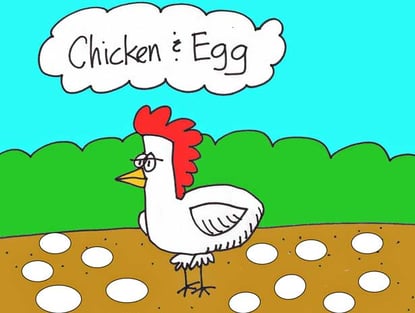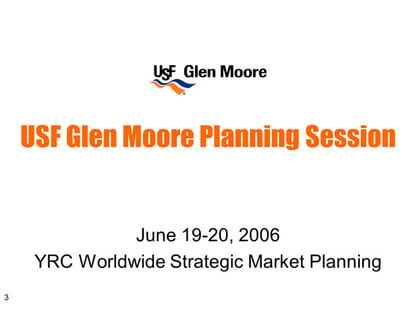Chuck Dymer co-facilitated a client's internal management meeting with us recently. Chuck is the owner of Brilliance Activator, which helps leaders uncork the creative genius of their teams to improve products and processes, delight customers, and grow profits.
During the creative thinking workshop we facilitated inside an internal management meeting, participants worked through multiple exercises to identify ideas for internal and customer initiatives. Chuck shared the following example to push the participants toward greater specificity in the ideas they shared. It's a tremendous example, and I asked him to share it with all of you!
Why Specificity Makes or Breaks a Creative Thinking Workshop by Chuck Dymer
It’s lunchtime and a colleague asks you what you’d like to eat. You answer, “Chinese,” and off you go to a nearby Chinese restaurant. Then you open your menu and discover that there’s not a single item on the menu called Chinese.
Hunan style lemon chicken, mu shu pork, wonton soup–these and many other choices appear on the menu. You can sit and stare at the golden carp in the fish tank or you can order an item off the menu. But eating Chinese? Good luck.
“Chinese” is the name of a cuisine, a style of preparing food associated with a place of origin. You can eat lemon chicken; you can’t eat Chinese. Lemon chicken is specific; Chinese is a generality.
When it comes to idea generation (be it a brainstorm or one of the methods Brainzooming offers), participants often put forward ideas that are too general to be implemented. You can use them to organize or to develop specific ideas. But you can’t implement them.
If you were to run a creative thinking workshop to generate ideas for improving your organization’s morale, odds are that one of the ideas from the group would be “better communication.” Sounds good, doesn’t it? But just as you can’t order something as general as “Chinese,” you can’t implement something as general as “better communication.”
Here’s what you CAN do. You can ask: “What are some specific ways to improve communication?” And you might receive ideas such as “shorter emails” or “fewer emails.” Here’s where it gets interesting, because now you can ask, “How can we shorten our emails?” or “How can we have fewer emails?” Participants might suggest that no email should be longer than 4 tweets, i.e., 480 characters in length. Or they might say that no one can send an email to more than three people at a time. Specific ideas like this can be implemented. You may not want or choose to implement them, but they are actionable and ready for implementation.
After giving participants 10 minutes or so to generate ideas, you can pause and separate the generalities from the specifics. The generalities can be used as topics for organizing specific ideas. For instance, “better communication” might be one topic, with “fewer emails” listed as one option for improving communication.
Now this is where the magic happens. As you continue to organize generalities into topics and ask for specific, actionable steps, you’ll end up with far more ideas than the original 10 minutes produced, and those additional ideas will be much closer to implementation. Of course, ideas must be vetted prior to implementation.
This extra step—separating generalities from specifics in a creative thinking workshop—may at first seem strange. But the benefits are immediate and far-reaching. Remember, ordering the Chinese dish you want by name, rather than saying you want Chinese food, is a much more effective way of ensuring you’ll get exactly what you want. So too with ideas! - Chuck Dymer, Brilliance Activator





